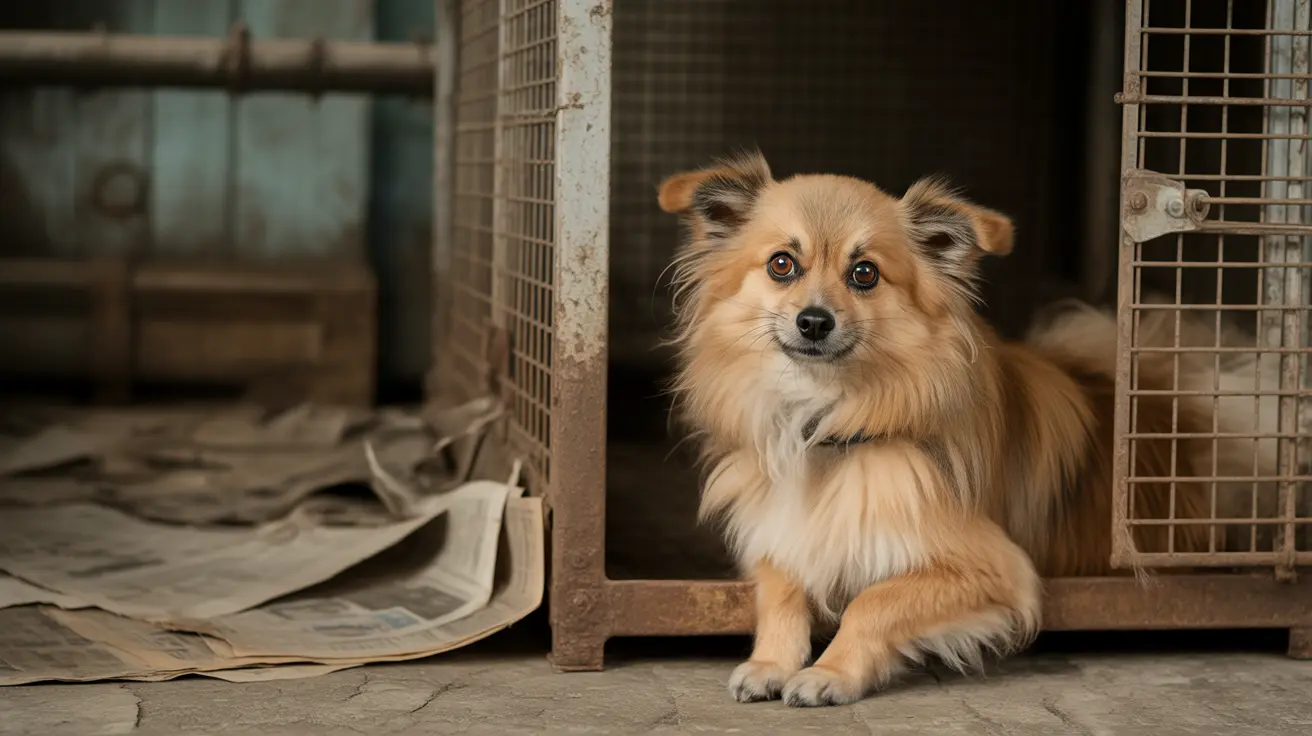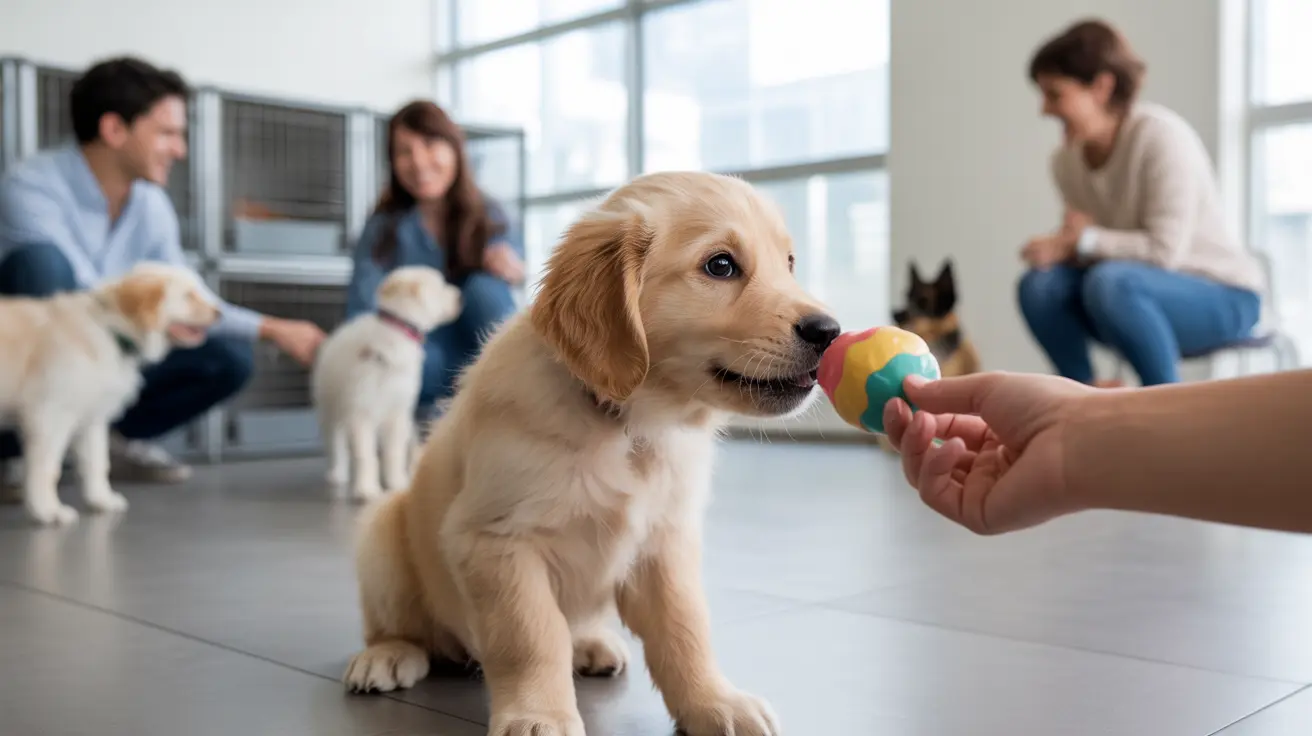How Long Does One Hour Feel to a Cat?
Time is a human invention, but many wonder how animals—especially our furry feline friends—perceive it. If you've ever left the house for just an hour and returned to find your cat waiting impatiently at the door, you may have asked: How long does one hour feel to a cat?
The Feline Perception of Time
Cats don't read clocks, but they are highly attuned to patterns, routines, and the physical changes around them. Their perception of time is based on environmental cues, instincts, and internal biological rhythms rather than moments on a clock.
Some scientific studies suggest animals track time through what’s known as circadian rhythms—the biological processes that run on a roughly 24-hour cycle. Beyond natural rhythms, cats are also very responsive to learned behaviors like feeding times, human schedules, and light changes.
Do Cats Experience Time Like Humans?
Unlike humans, cats probably don't differentiate between minutes or hours. Instead, they register absence, hunger, boredom, or other triggers based on elapsed changes, not precise ticks of the clock. Their perception of time may be more like a sensation of duration rather than measured units.
Small animals with faster metabolic rates—like cats—might experience time at a more rapid pace. This suggests that an hour to us could feel significantly longer to them. What seems like a short absence to a human could feel extended from a cat’s point of view due to their sensory processing and biological tempo.
Factors That Influence How Long an Hour Feels to a Cat
- Routine Disruption: Cats are habitual. An hour’s deviation from feeding or playtime can feel significant.
- Boredom Sensitivity: Without stimulation or interaction, cats may perceive time as dragging on.
- Separation Anxiety: Emotional attachment to humans can make time apart feel extended, even for short durations.
- Environmental Cues: Light changes, noise levels, and feeding reminders all help a cat mark time.
Scientific Perspective
Researchers use interval timing—an animal's ability to estimate short time durations—to study time perception. Cats, like dogs and other pets, are capable of anticipating routines and events. Experiments show animals can plan around expected events (e.g., mealtimes) demonstrating a perception of passing time, though imprecise.
According to some neuroscientists, smaller animals process sensory information more quickly and perceive more information within a given unit of time than larger animals. This would mean they experience the world, and potentially boredom or loneliness, in a more intense, drawn-out way.
How Do Cats Behave When Time Feels Long?
- Increased Vocalization: Meowing or yowling when alone can signal stress or impatience.
- Restlessness: Pacing or checking frequently toward doors may indicate waiting behavior.
- Over-grooming: Some cats compensate boredom or perceived long durations with self-soothing behavior like grooming.
- Clinginess on Return: If a cat seems extra affectionate after only an hour away, it may have experienced that short time as unusually long.
How to Make Short Absences Easier for a Cat
- Enrichment Toys: Treat puzzles, automated toys, or catnip can help distract and occupy your cat.
- Stable Routine: Feeding and playing on a set schedule can anchor your cat’s understanding of time.
- Companionship: Another pet or human visiting in your absence can reduce perceived loneliness.
- Window Views: Access to a window for outdoor watching can help pass the time.
Conclusion
While cats don't conceptualize time in hours and minutes, their acute awareness of environment and routine means they perceive your absence based on emotional and physical cues. One hour to a cat may feel longer, especially in the context of hunger, boredom, or attachment. Understanding this can help cat owners create a more mentally enriching and comforting space for their feline companions whenever they're away—even if just for an hour.





